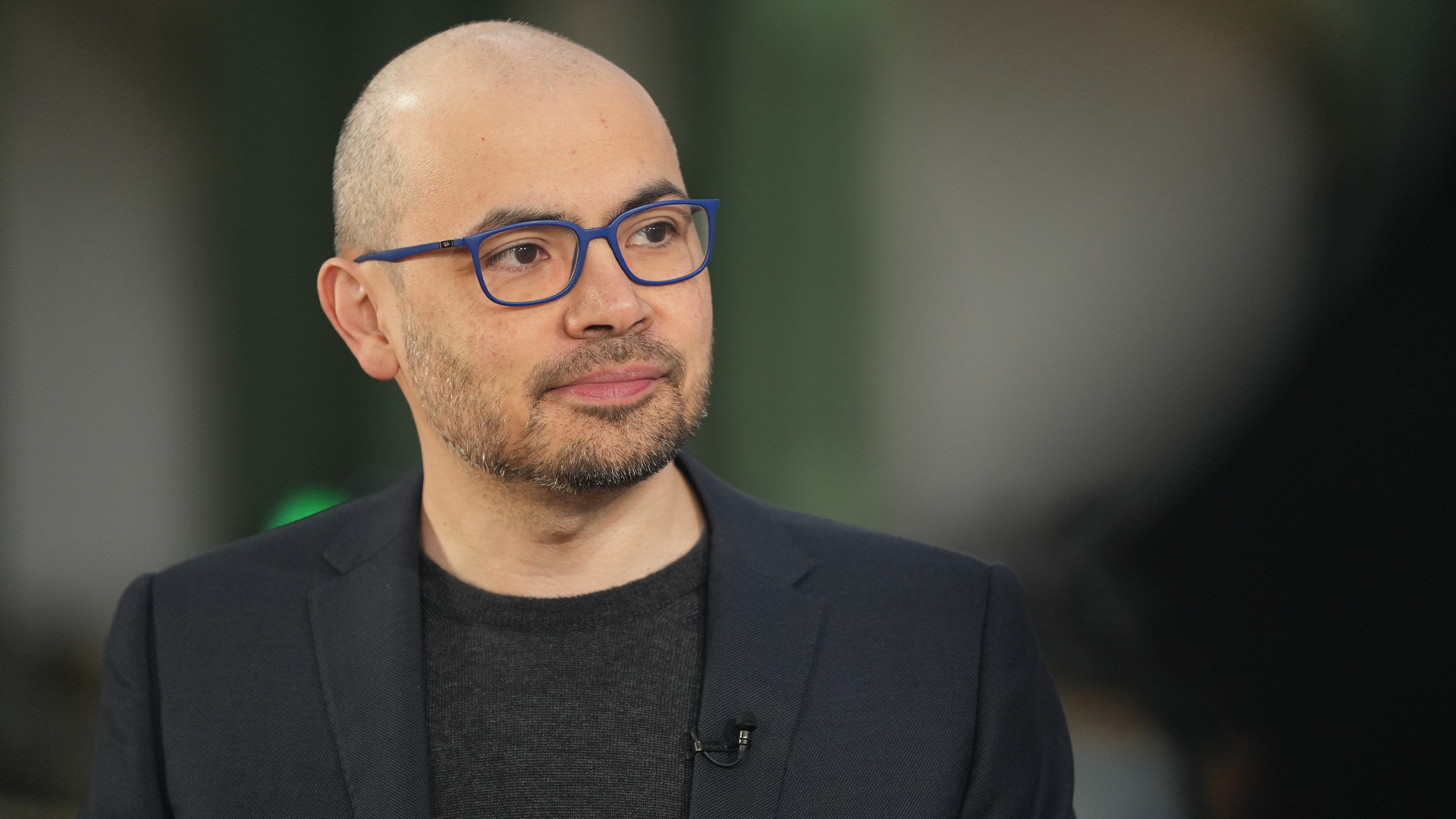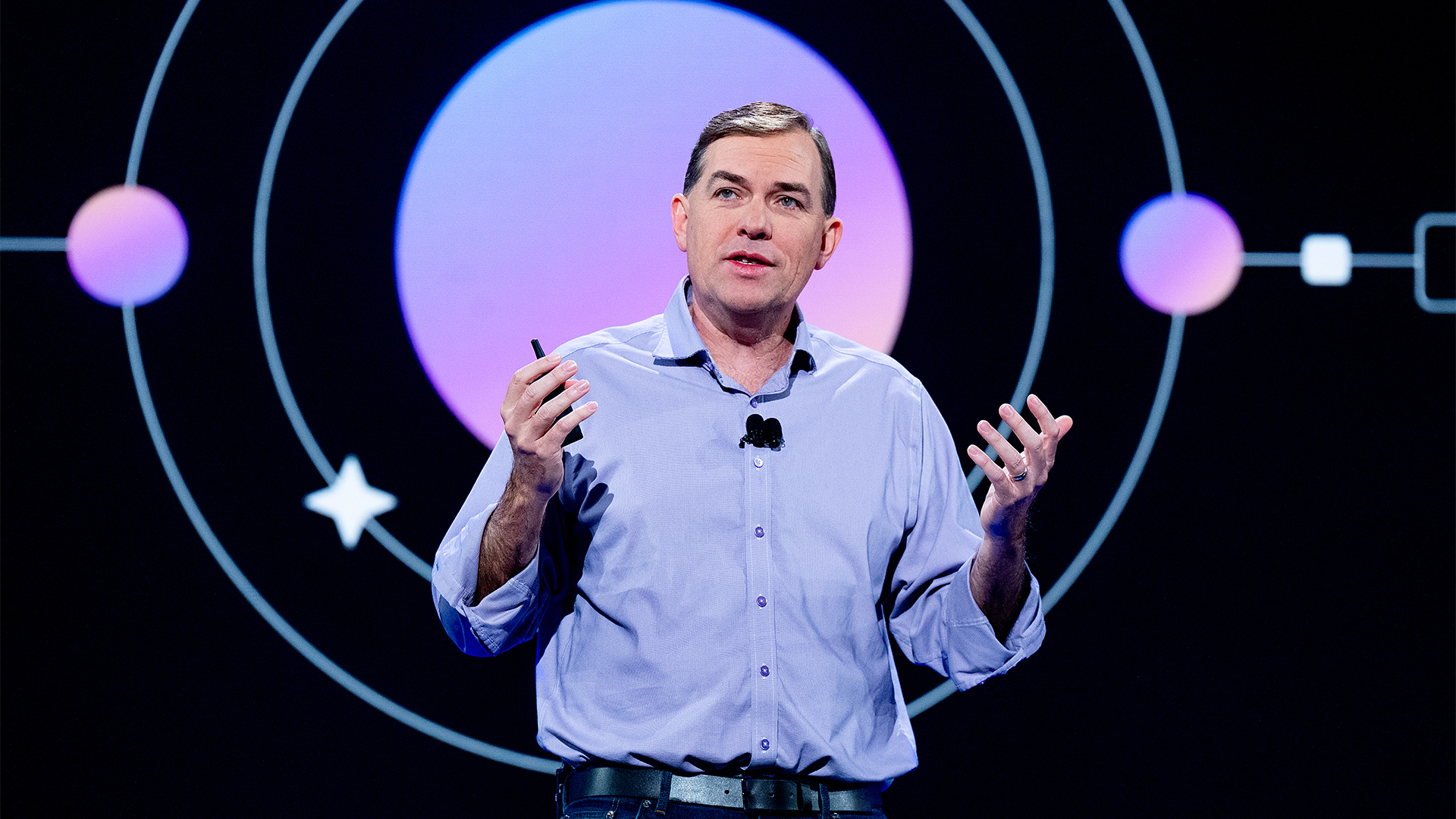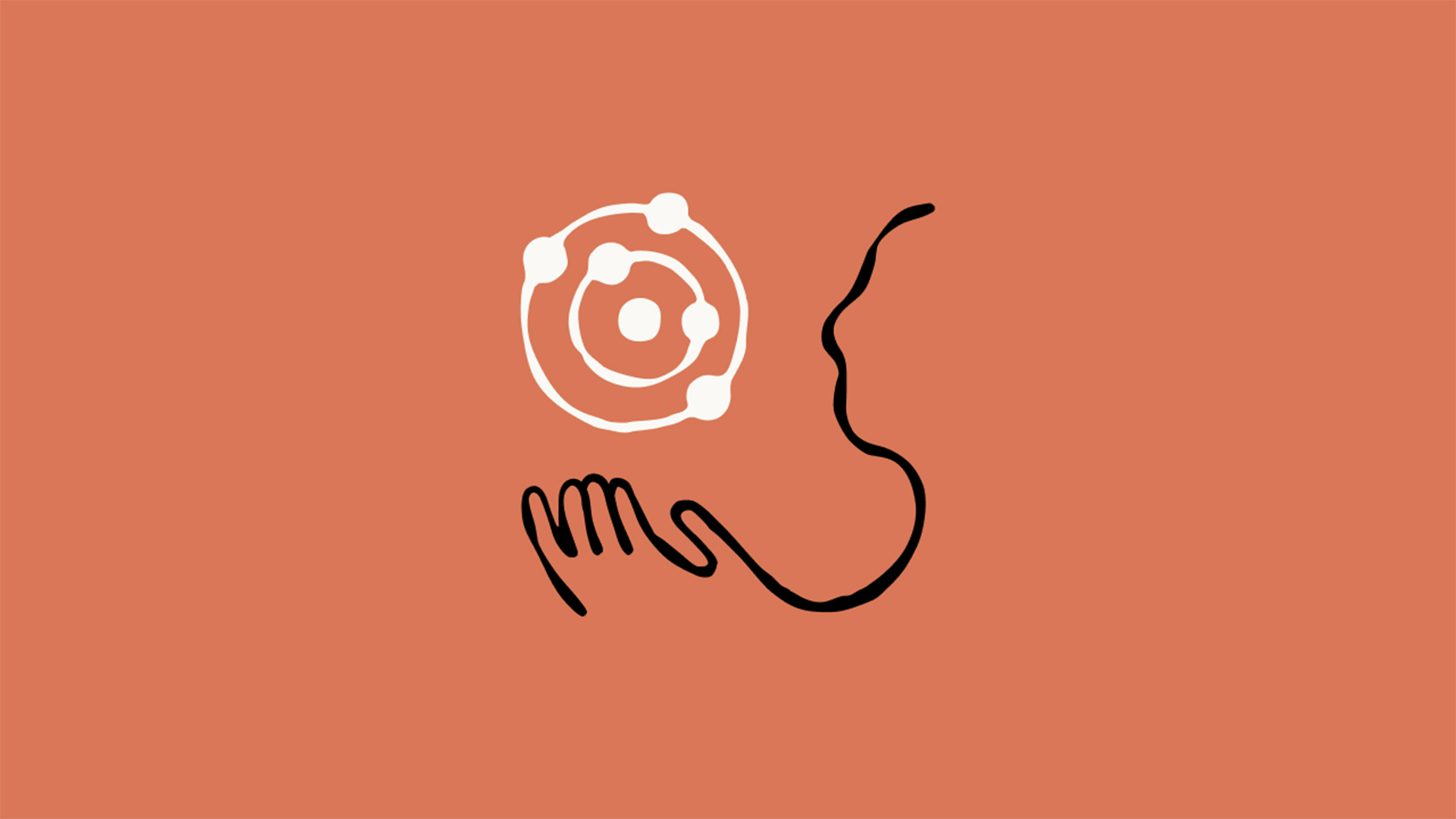LinkedIn rolls out new generative AI tool for job seekers
The new LinkedIn AI chatbot promises to provide premium members with a personalized ‘job seeking coach’.


LinkedIn has introduced a new feature for premium users that uses generative AI to help jobseekers find new roles.
The social media platform, owned by Microsoft, debuted the AI chatbot, which is powered by OpenAI’s GPT-4, to a subset of US-based premium career members on 1 November 2023.
LinkedIn said the AI tool will leverage a knowledge graph based on data from its 1 billion members and 67 million employers to provide users with advice on how they can tailor their profile to make applications more successful and evaluate whether or not they are a good fit for roles.
The AI will also analyze a user’s posts on their feed and suggest relevant opportunities that users may have missed in their search.
VP of Engineering Lei Yan said the target for the new tool is for job seekers to receive a bespoke experience tailored to their sector and skills,
"We’re transforming the job seeking experience for our Premium subscribers to be more personalized, efficient, and adaptive with the help of AI. Premium subscribers will also see personalized takeaways and insights on posts and articles in their feed to help them build professional knowledge and stay up to date in their domain.”
The new chatbot follows the integration of several AI features on the social networking platform in recent months. In May 2023, the firm introduced a raft of AI enhancements such as automatically generated, personalized recruiter messages, AI-enhanced job descriptions, and a profile building service.
Sign up today and you will receive a free copy of our Future Focus 2025 report - the leading guidance on AI, cybersecurity and other IT challenges as per 700+ senior executives
Concerns around AI in recruitment
The use of AI in the recruitment sector has received some criticism in recent years.. For example, in 2018 machine learning engineers at Amazon, which had been using automated application review processes since 2014, discovered the recruiting mechanism had an internal bias against women.
RELATED RESOURCE

Discover how you can deliver outstanding customer service.
DOWNLOAD NOW
The system, trained on the hiring patterns from the previous 10 years, was observed to be recreating the gender-based inequalities that existed in the company’s previous recruitment cycles.
Recent research has shown racial bias, in addition to gender-based inequality, remains a pervasive issue in tech recruitment, suggesting AI systems trained on currently available datasets are likely to reflect this bias, and may even amplify it.
The potential for AI to address employment inequalities
Yet AI’s impact on labor market inequalities has the potential to be a positive one if applied in specific ways. This is the argument of the founder and chief executive of Melbourne-based startup Sapia.ai, Barb Hyman.
The hiring automation service interviews thousands of candidates simultaneously via text chat, which removes many of the factors that might influence an AI or human in charge of recruitment, claimed Hyman when speaking to The Guardian in March 2023.
“The only way to remove bias in hiring is to not use people right at the first gate,” Hyman says. “That’s where our technology comes in: it’s blind; it’s untimed, it doesn’t use resume data or your social media data or demographic data. All it is using is the text results.”

Solomon Klappholz is a former staff writer for ITPro and ChannelPro. He has experience writing about the technologies that facilitate industrial manufacturing, which led to him developing a particular interest in cybersecurity, IT regulation, industrial infrastructure applications, and machine learning.
-
 I couldn’t escape the iPhone 17 Pro this year – and it’s about time we redefined business phones
I couldn’t escape the iPhone 17 Pro this year – and it’s about time we redefined business phonesOpinion ITPro is back on smartphone reviews, as they grow more and more intertwined with our work-life balance
-
 When everything connects, everything’s at risk
When everything connects, everything’s at riskIndustry Insights Growing IoT complexity demands dynamic, automated security for visibility, compliance, and resilience
-
 OpenAI says prompt injection attacks are a serious threat for AI browsers – and it’s a problem that’s ‘unlikely to ever be fully solved'
OpenAI says prompt injection attacks are a serious threat for AI browsers – and it’s a problem that’s ‘unlikely to ever be fully solved'News OpenAI details efforts to protect ChatGPT Atlas against prompt injection attacks
-
 Google DeepMind CEO Demis Hassabis thinks startups are in the midst of an 'AI bubble'
Google DeepMind CEO Demis Hassabis thinks startups are in the midst of an 'AI bubble'News AI startups raising huge rounds fresh out the traps are a cause for concern, according to Hassabis
-
 OpenAI turns to red teamers to prevent malicious ChatGPT use as company warns future models could pose 'high' security risk
OpenAI turns to red teamers to prevent malicious ChatGPT use as company warns future models could pose 'high' security riskNews The ChatGPT maker wants to keep defenders ahead of attackers when it comes to AI security tools
-
 AWS has dived headfirst into the agentic AI hype cycle, but old tricks will help it chart new waters
AWS has dived headfirst into the agentic AI hype cycle, but old tricks will help it chart new watersOpinion While AWS has jumped on the agentic AI hype train, its reputation as a no-nonsense, reliable cloud provider will pay dividends
-
 AWS CEO Matt Garman says AI agents will have 'as much impact on your business as the internet or cloud'
AWS CEO Matt Garman says AI agents will have 'as much impact on your business as the internet or cloud'News Garman told attendees at AWS re:Invent that AI agents represent a paradigm shift in the trajectory of AI and will finally unlock returns on investment for enterprises.
-
 Westcon-Comstor partners with Fortanix to drive AI expertise in EMEA
Westcon-Comstor partners with Fortanix to drive AI expertise in EMEANews The new agreement will help EMEA channel partners ramp up AI and multi-cloud capabilities
-
 Microsoft quietly launches Fara-7B, a new 'agentic' small language model that lives on your PC — and it’s more powerful than GPT-4o
Microsoft quietly launches Fara-7B, a new 'agentic' small language model that lives on your PC — and it’s more powerful than GPT-4oNews The new Fara-7B model is designed to takeover your mouse and keyboard
-
 Anthropic announces Claude Opus 4.5, the new AI coding frontrunner
Anthropic announces Claude Opus 4.5, the new AI coding frontrunnerNews The new frontier model is a leap forward for the firm across agentic tool use and resilience against attacks